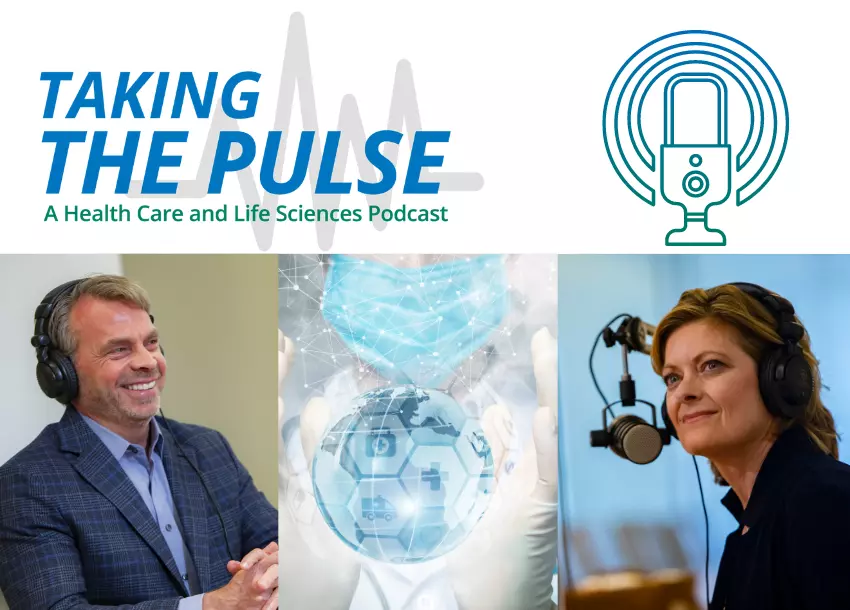DOL FINALIZES EXPANSION OF ASSOCIATION HEALTH PLANS: OPPORTUNITIES FOR BENEFITS PROFESSIONALS
The Department of Labor (DOL) issued final regulations this week to expand the usefulness and availability of “association health plans” by reducing the restrictions on the types of employers that may join together to form “associations” for the purpose of offering health care coverage to employees. The Final Rule will make it easier for a group or association of employers sponsoring a multiple employer health plan (a multiple employer welfare arrangement, or MEWA) to be considered an “employer” sponsoring a single ERISA-covered plan. While MEWAs have been in existence for many years, most of these plans have been treated as a collection of separate plans rather than a single plan for purposes of ERISA. The single-plan treatment under the Final Rule is particularly important for small employers, as the single-plan structure may allow for the plan to be characterized as a large group health plan for purposes of the Affordable Care Act.
The Final Rule incorporates many of the provisions that were included in the Proposed Rule that was published in January 2018, including the following:
- The Final Rule provides flexibility for different employers to participate in an association health plan, allowing employers to join together for the purpose of offering health coverage if they are either (1) in the same trade, industry, line of business, or profession; or (2) have a principal place of business in the same geographical area (such as a state or metropolitan area, even if the metropolitan area crosses state lines);
- Associations are required to have a formal organizational structure that allows for the association’s members (e., the employers) to control the association;
- Health coverage under the plan must only be available for employees and former employees of the association members, but for these purposes, working owners may be treated as “employees” of their companies; and
- The association health plans must meet certain nondiscrimination requirements that prevent an association from denying membership based on health factors or charging different employer members higher premiums based on the health status of their employees.
However, the Final Rule differs from the Proposed Rule in several important areas, including the following:
- The preamble to the Final Rule makes clear that it provides an alternative method for an association plan to be deemed a “single-plan,” and that plans may choose to either meet the requirements of the Final Rule or the DOL requirements that existed before the Final Rule (this is particularly important because the Final Rule’s nondiscrimination requirements do not apply to associations formed under the “old” guidance);
- While the proposed rule would have allowed for association plans to be formed solely for the purpose of offering health insurance, the Final Rule requires that the association have at least one “substantial business purpose” that is unrelated to the offer of health insurance; and
- The Final Rule provides for a more broad definition of a “working owner,” to include any person who owns a portion of a business, earns wages or self-employment income from that business, and works at least 20 hours a week (or 80 hours per month), regardless of whether the person is eligible to participate in another subsidized group health plan.
The Final Rule will become applicable on the following staggered schedule:
- For fully-insured plans that desire to expand their membership under the Final Rule, the applicability date is September 1, 2018;
- For existing self-insured plans complying with the “old” guidance that desire to expand their membership under the Final Rule, the applicability date is January 1, 2019; and
- For new self-insured plans formed under the Final Rule, the applicability date is April 1, 2019.
The Final Rule will create additional opportunities for benefits professionals, including brokers and consultants, with their existing clients, as well as within a new segment of the market. Association health plans will allow benefits professionals to deliver value to their clients by connecting them with additional cost-effective solutions through association health plans. Benefits professionals are also likely to be an important source of information and guidance for employers looking to form associations and association health plans. Additionally, benefits professionals should look for opportunities to work with existing and newly-formed associations to assist with plan design and creation. By working with employers and the associations, savvy benefits professionals who are willing to adjust to these changes and to work through the “red tape” that will likely be involved can serve as the critical link between employers and association health plans.
For more information about anything discussed in this Client Alert, please contact a member of the Maynard Nexsen Employee Benefits & Executive Compensation Practice Group.
About Maynard Nexsen
Maynard Nexsen is a full-service law firm of nearly 600 attorneys in 31 locations from coast to coast across the United States. Maynard Nexsen was formed in 2023 when two successful, client-centered firms combined to create a powerful national team. Maynard Nexsen’s list of clients spans a wide range of industry sectors and includes both public and private companies.
Related Capabilities



















